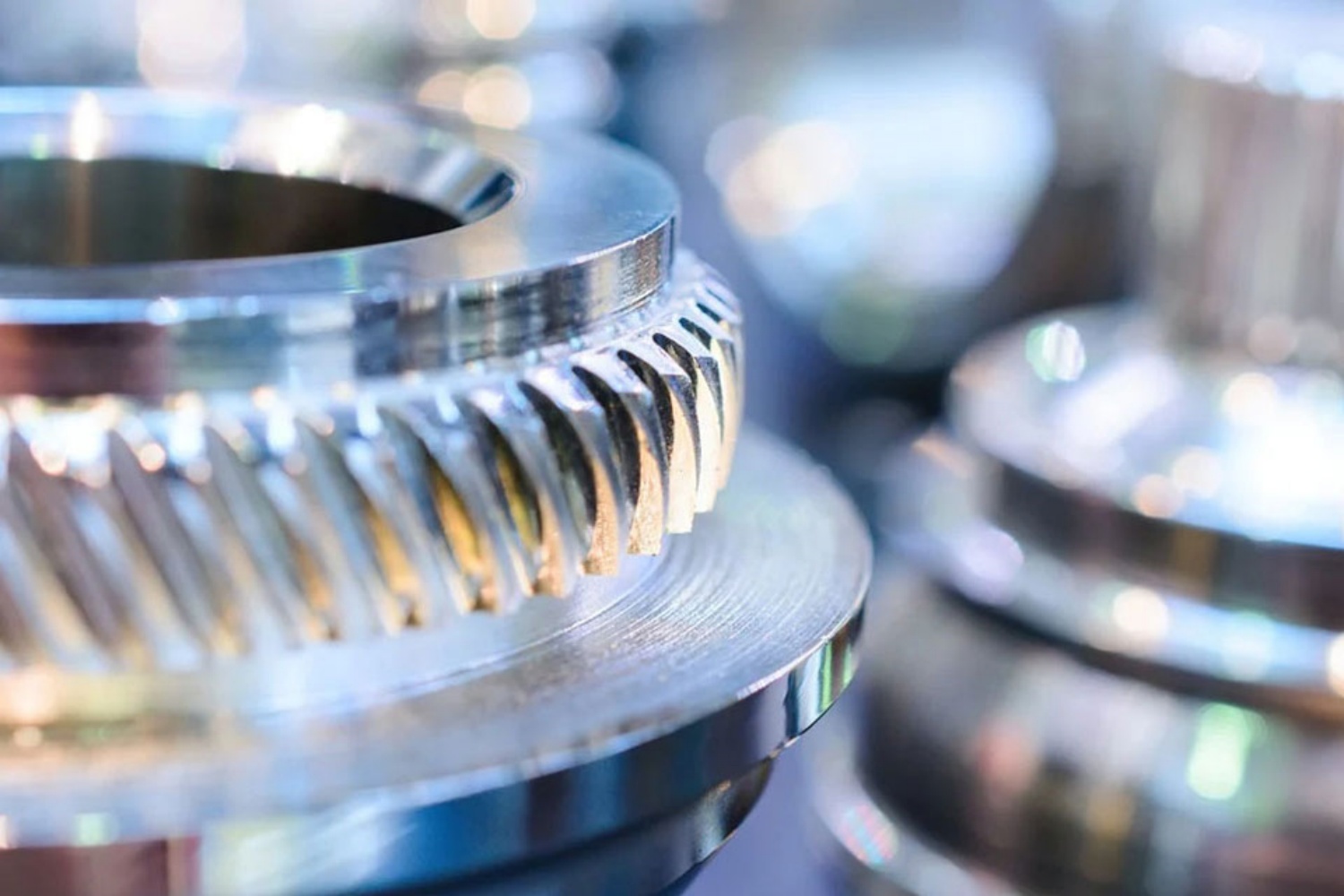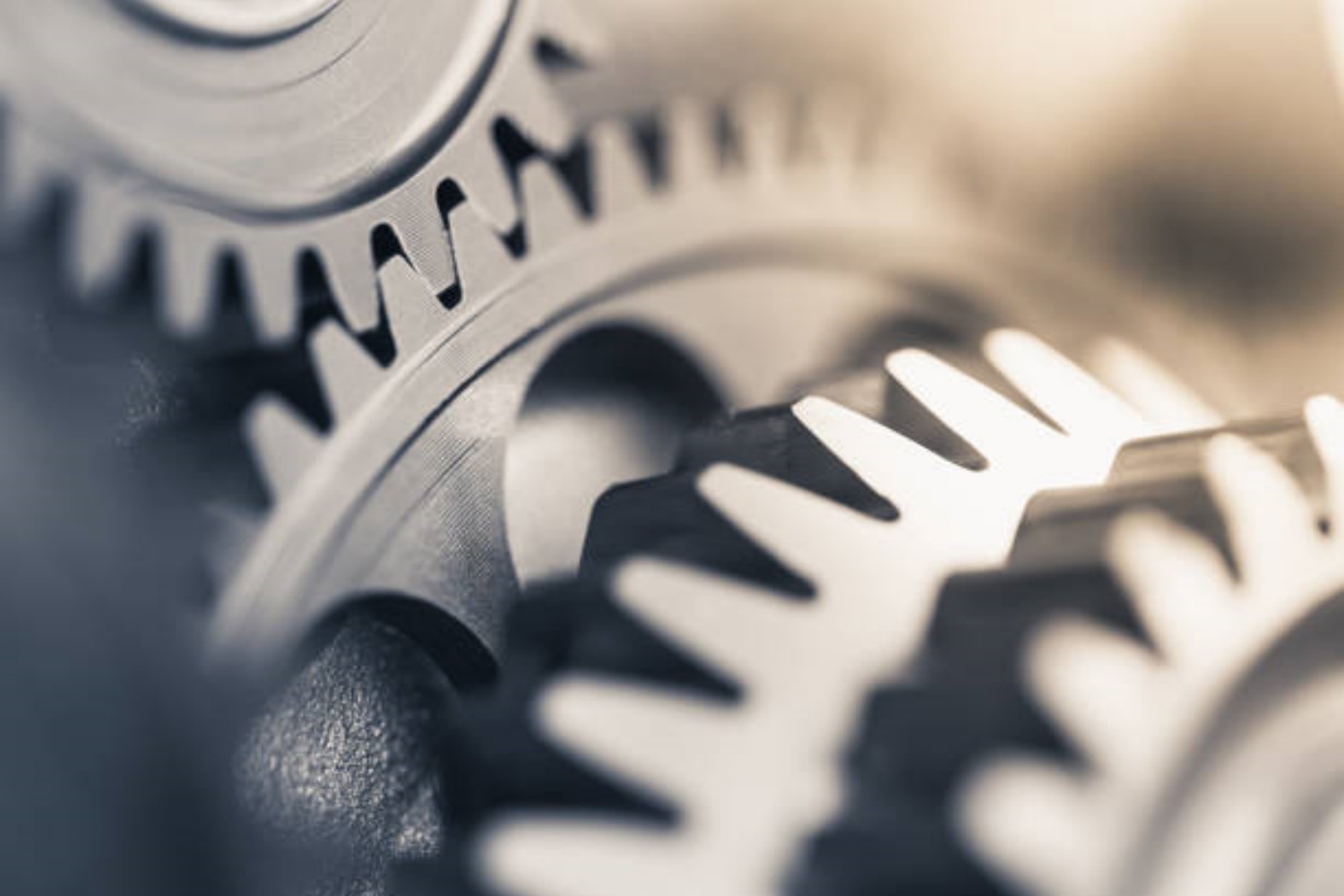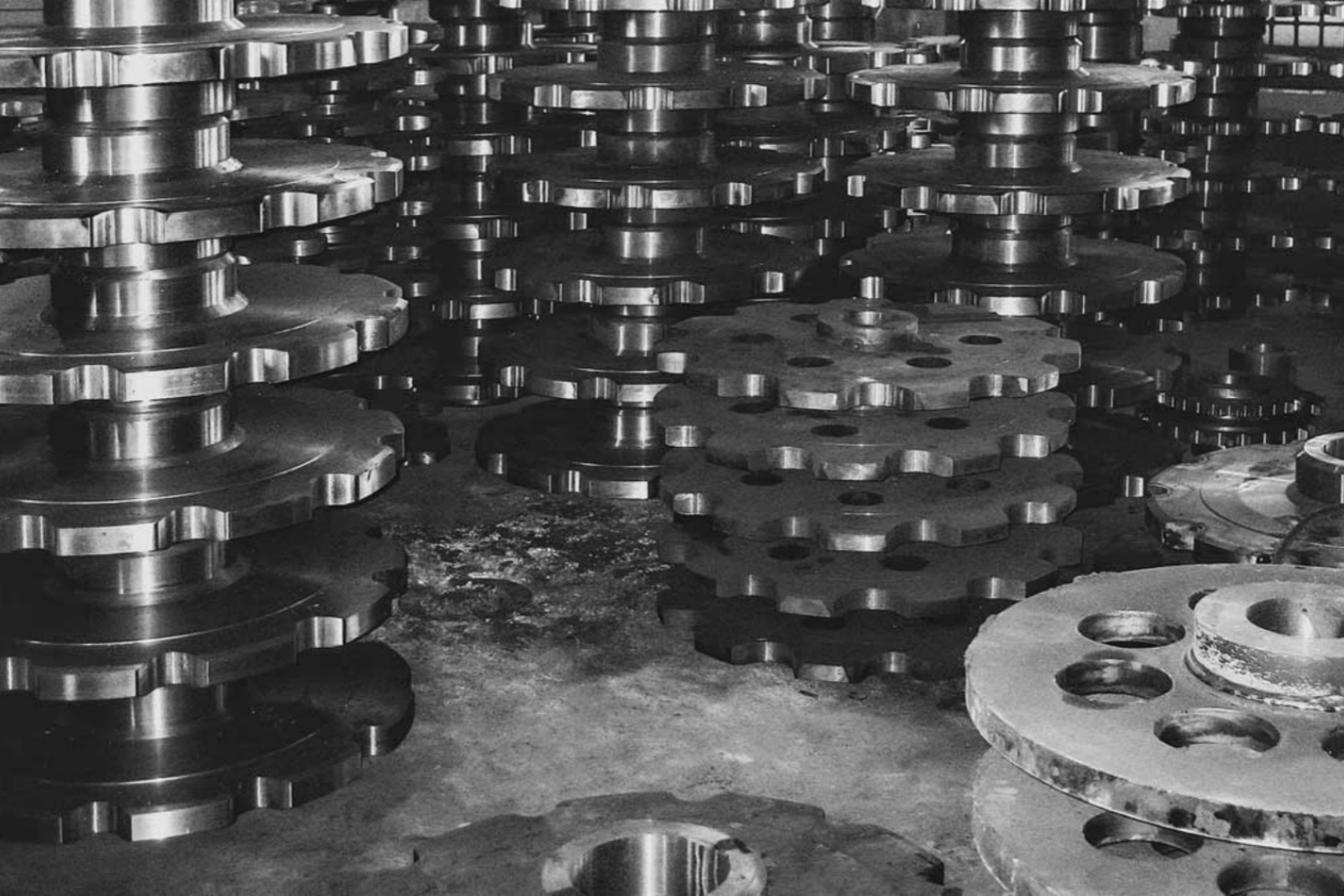Sprocket driven by a chain, the sprocket is usually in imperial units. It is not the direct engagement of the wheel to the wheel, but the engagement of the sprocket to the chain. Generally, it is composed of pitch, roller diameter, index circle diameter, number of teeth, and other parameters. There are different standards of the sprockets with different sizes, the Commonly used sprockets include European SATI standard, Japanese KANA standard and American Martin standard. Sprockets are divided into roller sprockets, flat top sprockets, flat sprockets, KC coupling sprockets, etc. Some non-standard sprockets can be freely designed based on the usage. There are also single-row sprockets, double-row sprockets, three-row sprockets and multi-row sprockets. It is suitable for low speed, heavy load, high temperature and other working conditions. The tooth part can be quenched by high temperature heat treatment to increase the wear resistance of the tooth part, which can prolong the service life of the sprocket.
Gears are driven by teeth meshing with each other, and the model unit is mostly metric, which is represented by the module M. The basic parameters of the gear are composed of the module, the diameter of the index circle, the pressure angle, and the number of teeth. 20° is the commonly used standard gear pressure angle but some European countries also use 30°. Spur gears, helical gears and bevel gears are the major three categories of gears. Besides the wide range of power and speed of gear driving, its compact structure can realize large transmission ratio, high efficiency and long service life. The gear teeth can also be quenched by high temperature heat treatment to increase the wear resistance of the teeth, which can prolong the service life of the gear.
The main differences between sprockets and gears:
1. The tooth shape is different, which means that the gear is an involute tooth shape, while the sprocket is a tooth shape composed of three arcs in a straight line or two arcs.
2. Different transmission models. The gears are driven by tooth-tooth meshing, while the sprocket can be driven by the chain.
3. Different torques: the gear is more torque than the chain sprocket.
4. Different prices: the machining accuracy and installation cost of gears are higher than those of sprockets.
5. The performance is different. The sprocket is used in conjunction with the chain, which boasts the good elasticity, and the connecting part of the chain can store lubricating oil, so there is better buffering and vibration absorption ability when it is in contact with the sprocket. Under certain circumstances, the performance of the sprocket is not as good as that of the gear. Such as the gear is limited by space, the center distance is relatively small, the instantaneous transmission ratio is constant, or the speed is fast and the noise is low.
CONTINUE READING
Related Posts
In mechanical drives, gears are essential for transmitting motion, power, and torque across various applications. Two of the most commonly […]
In the world of industrial machinery, efficiency, precision, and reliability are essential. A key component in achieving these goals is […]
In the world of industrial engineering, precision and innovation are essential to staying competitive and meeting the ever-growing demands of […]




